Global Forum For Indurstrial Devlopment is SPONSORED BY ICO INDIA
- MP Society Registration (Act. 1973 No. 44) 03/27/01/21857/19 (MSME Forum Established Since-2009)
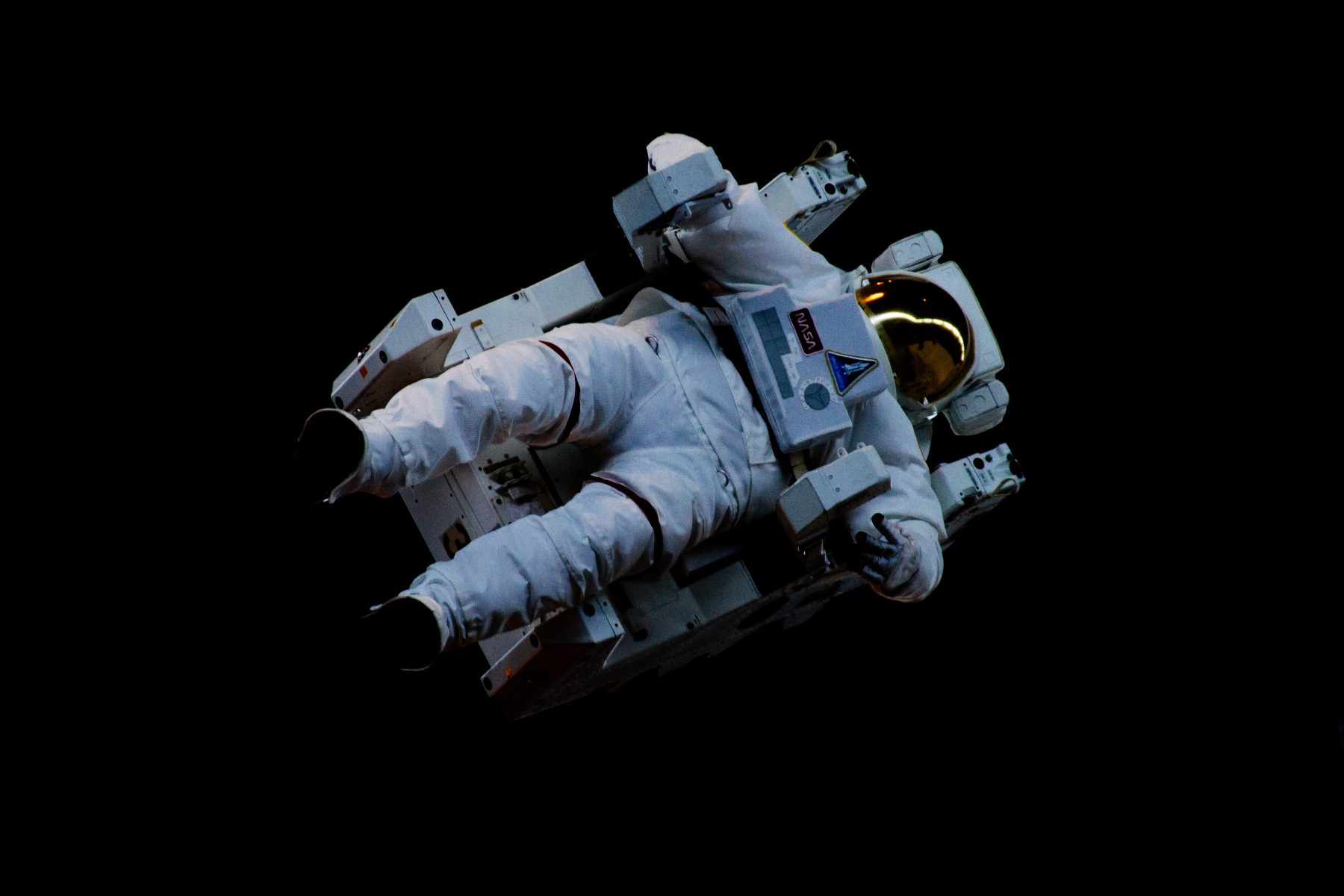
With Earth in a state of turmoil following the global ravages of the coronavirus pandemic, it’s no wonder that many of us are looking for a future in the stars. Fortunately against all odds, 2020 was a year of exciting developments in the field of space exploration technologies. From micro rocket launches to manned space transport, the commercial space sector has continued to take big steps forward.
At the same time, government space agencies also seemed to find themselves with a reinvigorated sense of purpose. Here are the most exciting developments that took place throughout 2020, paving the way for even more significant breakthroughs in future space travel technologies.
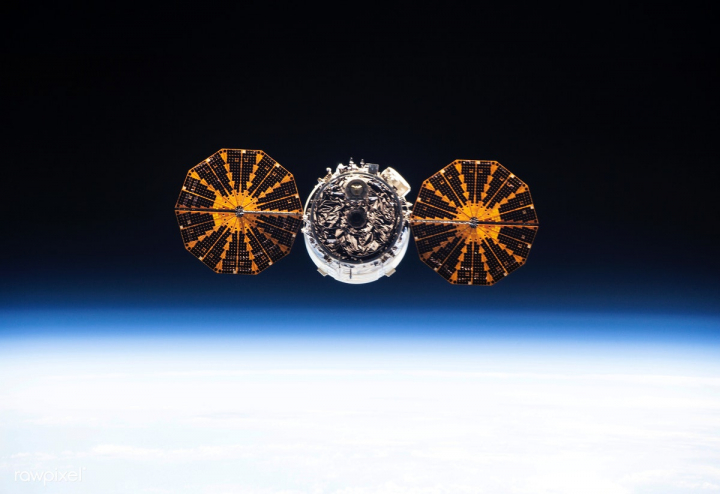
Part of the recent renewal of interest in new space technologies has to be attributed to the efforts of Elon Musk and his SpaceX business. Since 2012, the company has been completing regular resupply sorties to the International Space Station. In May of this year, however, the company broke new ground for commercial space technologies by ferrying NASA astronauts Bob Behnken and Doug Hurley aboard the station onboard the Crew Dragon craft, in what was the first manned launch to take place in the United States for almost a decade. Demo-2, as the mission was titled, wrapped up and returned the crew to Earth in August.
It marks the start of the Commercial Crew Program with private companies and the National Aeronautics and Space Administration working in close collaboration to accelerate the progress of space technologies. The boom in the field in the private sector has renewed both the relevance and purpose of NASA in recent years, with space exploration technologies corporations like SpaceX, Virgin Galactic and Blue Origin sharing the heavy lifting and getting more launches than ever off the ground. The launch stands as a watermark for how far commercial space flight has come over the years and sets an exciting precedent for future manned space flights in a commercial capacity.
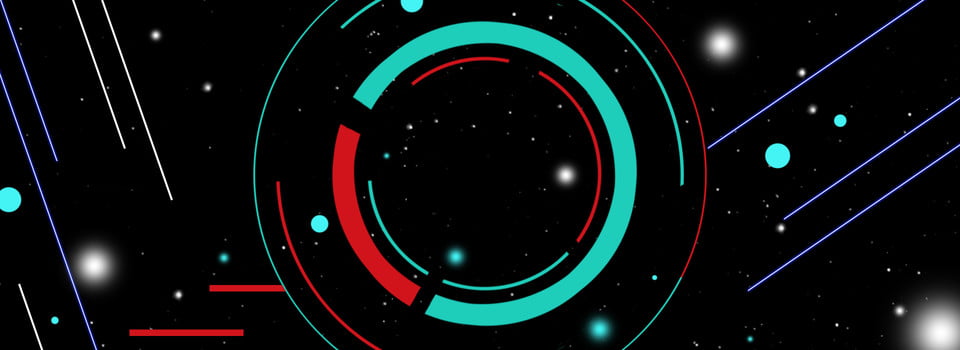
With interest in interplanetary exploration at its highest level for decades, companies are looking for opportunities to stress-test the latest technologies in space. So where better than Earth’s own backyard? NASA has taken aim at our nearest satellite with a view to putting a new space station into lunar orbit within the next ten years. While that project is still a long way from completion, the agency’s Artemis program is much closer to being realized. In another partnership with private space technologies companies, NASA hopes to have men and women back on the moon by 2024. Pivotal to this is the development of the Orion space capsule. It’s been conceived along the same lines as iconic capsule vehicles from the golden age of space explorations technologies, like the Gemini, Mercury and Apollo capsules.
However, the Orion is significantly larger, with space to accommodate a crew of four astronauts. In comparison to the space flights of yesteryear that used shuttles, the Orion capsule offers significant safety improvements, like the ability to abort during launch to help protect astronauts in the event of a space technology malfunction. For those who can recall the Columbia disaster of 2003, this will mean a lot for the participating astronauts, as well as the reputation of new space technologies overall. With the moon back open for business, companies will have the opportunity to train for future voyages into deep space and gain the expertise necessary for long-range space travel.
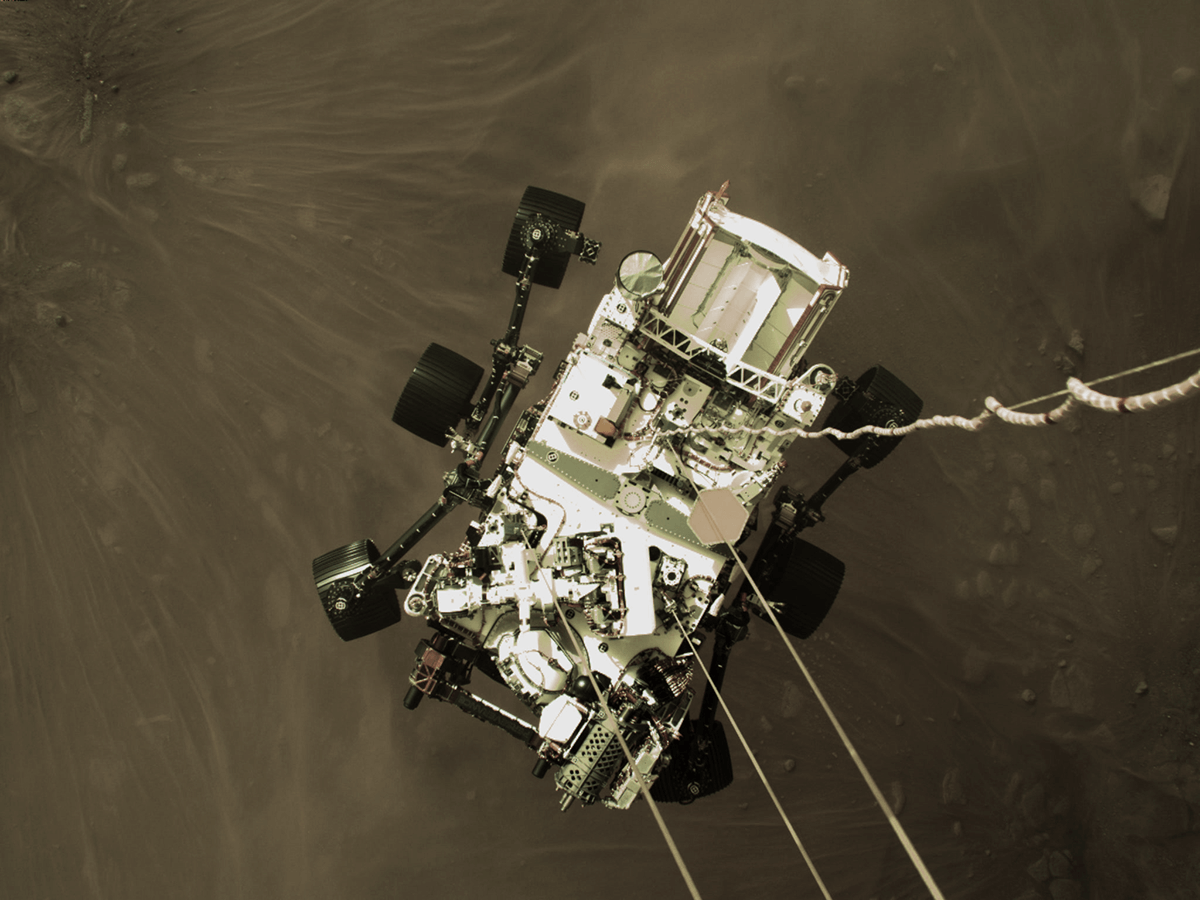
Space travel has previously been seen as the preserve of superpowers like Russia and the United States. 2020 was the year all this changed, as more countries than ever before launched their biggest ever forays into space technologies. In July, the United Arab Emirates Hope satellite launched into space to begin a Mars survey mission due to reach the Red Planet in 2021. China’s National Space Administration topped off a total of 34 space technologies launches this year, foremost of which was the Tianwen-1 mission to deploy an orbiter, lander and rover vehicle to Mars. This was followed up with Chang’e 5, the country’s first sample-return mission to the moon for more than four decades. Additionally, Guatemala, Slovenia, Monaco and Iran all witnessed their maiden satellite launches. It’s been a testament to the rise of space exploration technologies’ stock on the global market, in a trend that looks certain to continue into the next decade.

Space travel has always been a beacon for mankind’s ability to overcome its differences and unite to explore the great beyond. In the shadow of the damage done by Covid-19, that goal has never seemed more poignant than in 2020. Thanks to innovations in space technologies, this year has witnessed both government and private interests take major steps to develop commercial space flight and lay the groundwork for deeper space travel in the very near future. Were there any major breakthroughs in space technologies that we missed this year? Or do you have predictions for what the next year will bring? Share your thoughts with us in the comments section below.
Space exploration, although very fascinating, is extremely costly. Did you know that NASA’s fiscal year budget is $21.6 billion this year? With a budget this high, imagine the advances in technology the agency is able to achieve. Our everyday use of technology like cell phones and smart speakers may already seem advanced to you, but this is nothing compared to the intricacies of space technology. Let’s take a look at some of the most innovative technologies that space exploration has invented to help us on our quest to learn as much as we can about the universe.
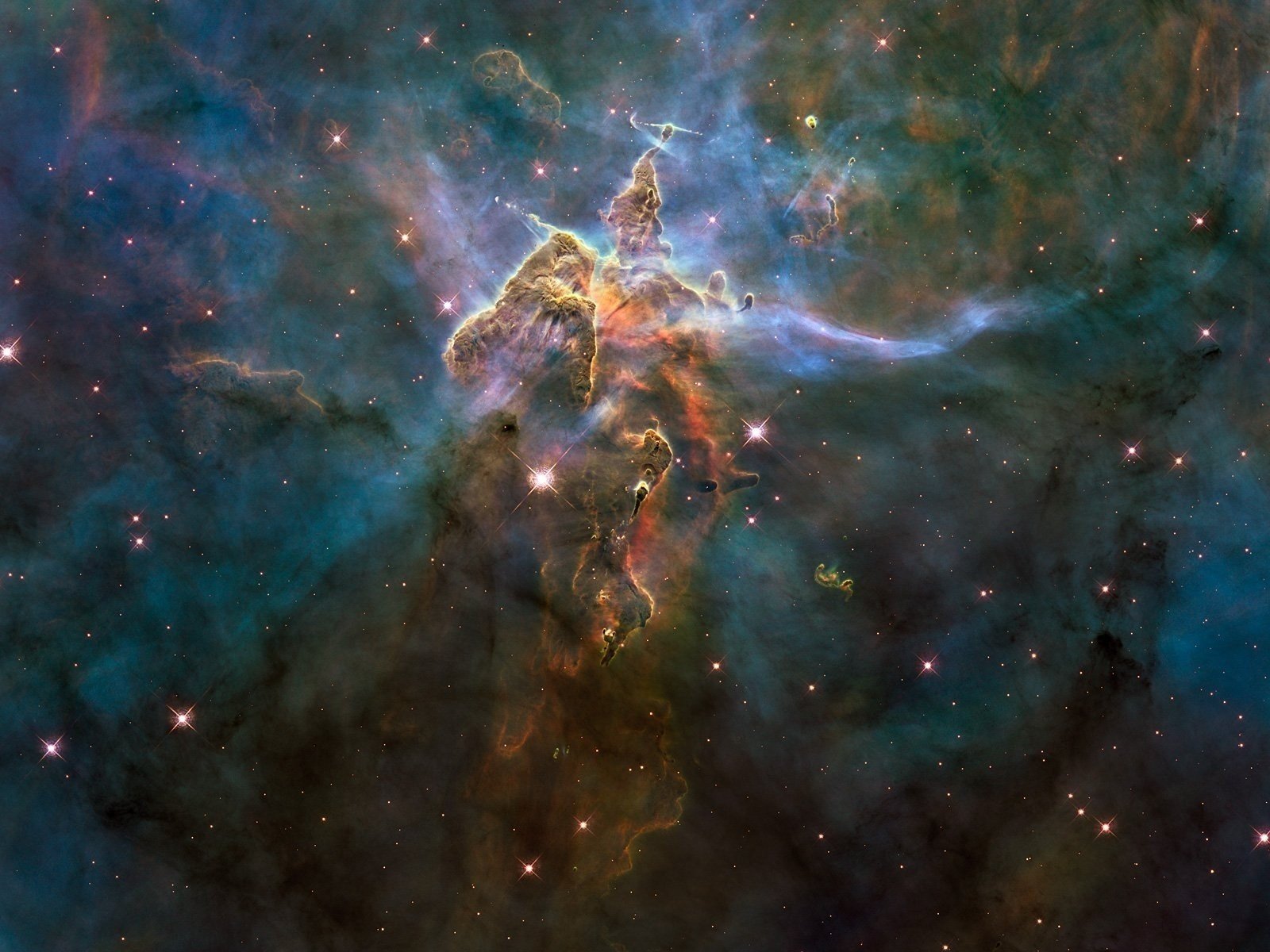
Ever since its launch in 1990, this telescope has been one of the most successful advances in space exploration. Being 569 km above the Earth’s surface, this technology avoids atmospheric distortion, allowing it to bring thousands of jaw-dropping images back to Earth. Additionally, it has helped explain many of the greatest space mysteries. It has helped us determine the age of the universe, shown us the existence of dark energy, discovered planets, quasars and much more. The antennae on the telescope send and receive information to the Goddard Space Flight Centre. Using satellites, the engineers are able to communicate with it by sending commands. The telescope is composed of two main computers and numerous smaller systems. One computer is responsible for the commands that control the telescope while the other communicates to other instruments, receives their data and sends it to satellites which transmit this information to the Centre. Take a look at some of the extravagant images that this complex telescope has taken over the years here.
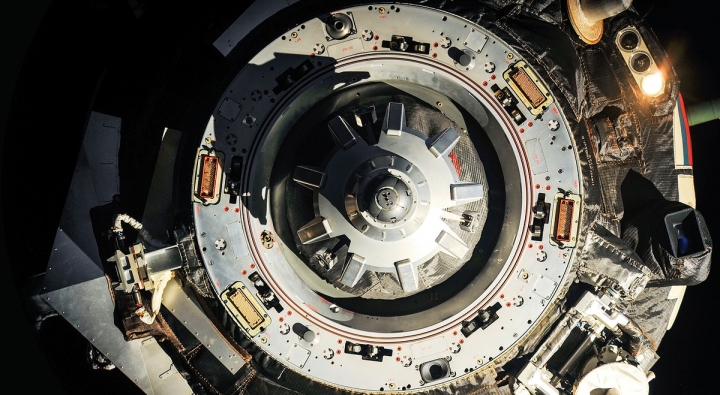
Did you know that a spacesuit weighs over 300 lbs and cost $22 million to create? Although they are exceptionally expensive, they are very technologically advanced. Spacesuits allow us to exist in extreme temperatures and conditions that humans would normally not be able to survive in for more than a couple of seconds. Additionally, they provide us with oxygen to breathe while in space and contain water to drink during spacewalks. The suits also protect astronauts from injuries from space dust, radiation in space, bright sunlight and allow them to walk on surfaces with restricted gravitational conditions. Without these intricate spacesuits, we would not be able to walk on any other terrestrial planets.
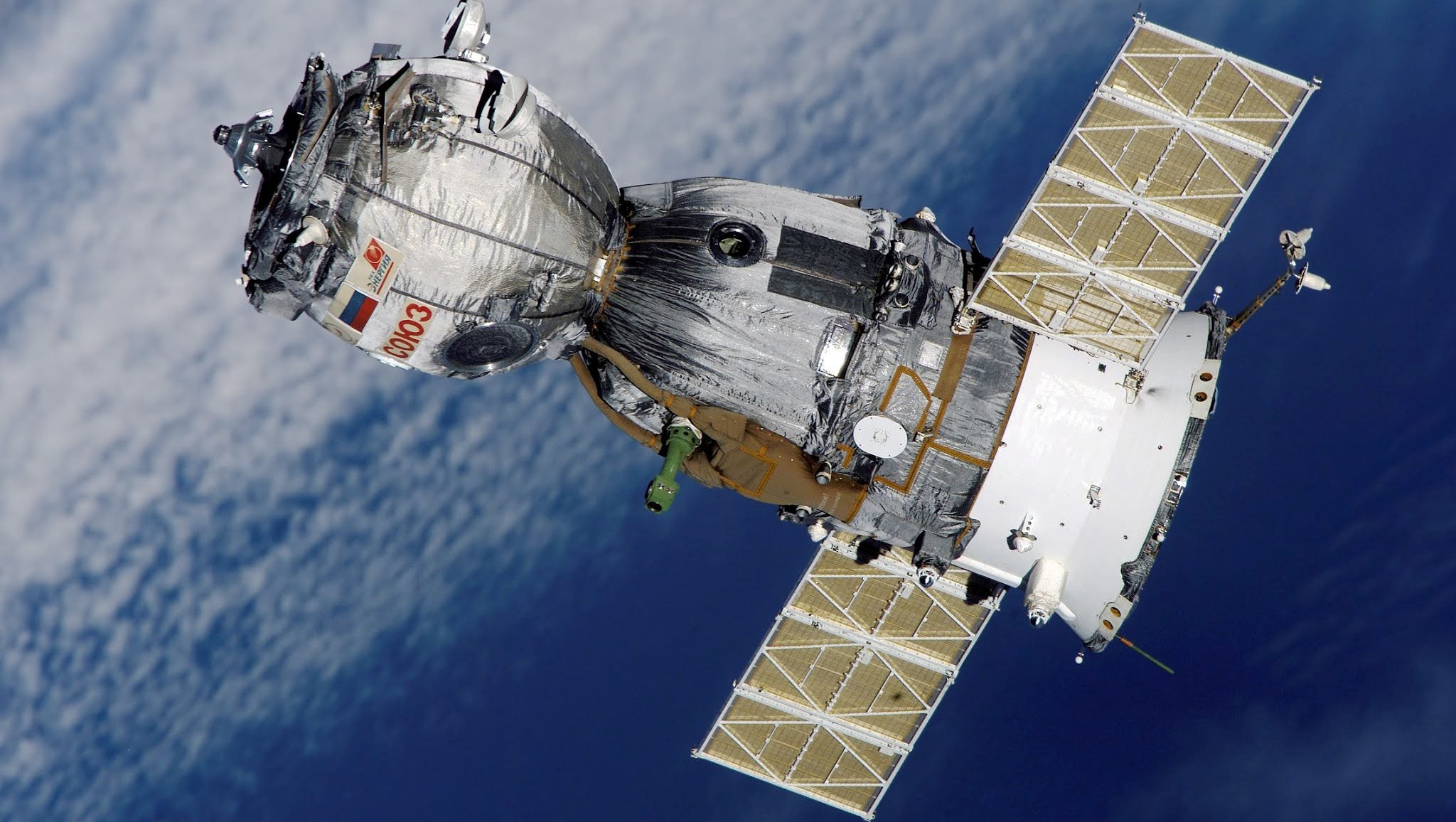
The low-cost Kepler telescope was only expected to last three to four years but ended up lasting almost ten years. This telescope was built to find planets outside our solar system that are similar to Earth. In its time, it revealed over 4,500 planets and planet candidates. Of the nine years in space, Kepler faced the constellation, Cygnus for four years which is where many of these planets and stars were discovered. Kepler discovered exoplanets (planets which orbit stars outside our Solar System) by watching for dimming stars as planets passed in front of them. Kepler’s greatest achievement was discovering how diverse our universe actually is, sometimes planets would even orbit multiple stars like in the Star Wars Universe. Without telescopes such as these, humans would not be able to see what’s beyond our vicinity. In fact, the furthest that a human has travelled from our home planet is only 400,171 km. Our telescopes, such as Hubble, can see up to 13 billion light-years into space which is unbelievable as one light year is approximately 9.46 trillion kilometres.
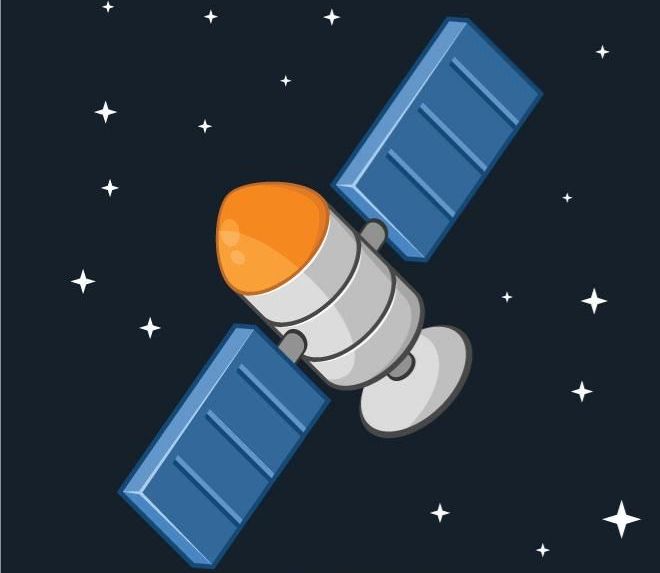
The ISS is the largest and most expensive technology that has ever been built, weighing almost a million pounds and costing approximately $160 billion to date. This high-tech technology allows its passengers to travel at five miles per second, meaning it would only take 90 minutes to orbit the Earth. It also allows up to six spaceships to be connected to the station at once. Although this technology is very advanced, it takes a lot of work to maintain. Over 50 computers control the systems on the space station and more than three million lines of software code on the ground support over 1.5 million lines of flight software code. Although these space expenditures are costly, they are very rewarding. The ISS serves as a science laboratory and because of it, we are learning more about the effects of space on the human body, both physically and psychologically.
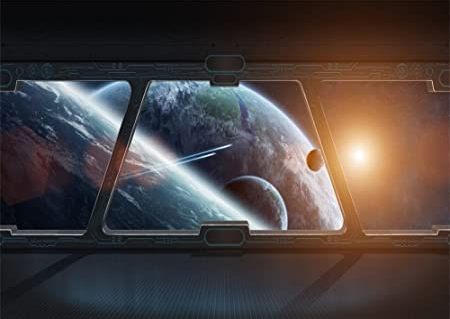
Spirit and Opportunity were the two successful Mars rovers that helped us with many discoveries on Mars and were advanced enough to be controlled from the Earth. Landing on almost opposite sides of Mars, their purpose was to conduct field geology and make atmospheric observations. They not only provided us with the first, colour and clear images of Mars’ surface but they also discovered the intermittent flow of water on Mars in 2015. Both of these rovers exceeded their 90-day expected lifetime by several years making them one of NASA’s most successful inventions.
The elaborate technologies discussed above are just a few among the many that exist. The money that we invest in technology has helped us immensely to expand our understanding of the universe. Without technology, we wouldn’t know as much about space exploration as we do today. For example, on 10 April 2019, Dr Katie Bouman took the first ever photo of a black hole. The black hole in this image is approximately 55 billion light-years away located in the heart of the galaxy called M87. Our knowledge about space is always expanding and technology is a pivotal element that allows for this. Who knows what technologies we will come up with in the future. Maybe we one day we will be able to travel at speeds much closer to the speed of light and our astronauts will be able to visit different galaxies.